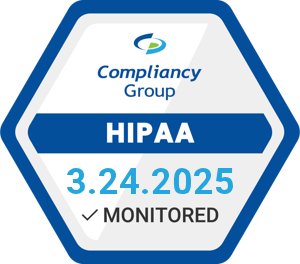January 24, 2022

As the digital therapeutics/software as a medical device sector continues its significant growth, clinical trials for the products are projected to expand logarithmically.
The space is seeing a big transformation from merely following patient symptoms to serving as interventions in a growing number of areas, according to Mark Opler, chief resource officer for directing research and development at WCG MedAvante-Prophase.
“This used to be, I would say, almost a fringe category of potential treatments. It’s moved considerably from symptom tracking to intervention,” Opler told CenterWatch Weekly. “There is an ever-widening array of conditions and symptoms that digital therapeutics are intended to treat. Mood disorders, particularly depression, anxiety, those have been traditionally thought of as the core target categories for digital therapeutics, but as time goes by, we’re seeing applications to psychosis, to trauma and to other diseases, including attention deficit and related conditions.”
The FDA has already approved a number of digital therapeutics products. These include Akili Interactive’s EndeavorRx, an ADHD videogame treatment for children, NightWare’s self-titled product that uses an AppleWatch and iPhone to disrupt nightmares without disturbing sleep and a trio of Pear Therapeutics apps for chronic insomnia, opioid use disorder and substance use disorder.
Digital therapeutics can also be developed to serve as coaching tools to help improve certain behaviors. While some are intended to serve as standalone products, others are being developed for use in combination with drugs or other medical devices. The sector’s growth is predicted to grow to $12.1 billion by 2026.
Because patients are using a piece of software, not simply taking a drug, determining what will be used as the placebo can be a taller order. Some companies come up with “inactive,” nontherapeutic software to serve as the placebo, while others develop games or use treatment as usual for patients in the placebo control group.
But according to Opler, it may be more fruitful to concede that this method of blinding “may be on some level challenging, if not impossible” and go another route: using an evaluator that has as few ties as possible to the trial beyond assessing patient symptoms, an avenue for blinding that’s gained greater traction in digital therapeutics trials.
“What’s transpired instead when you want to evaluate efficacy in an objective way in a digital therapeutics study is to have a fully independent and blinded evaluator, someone who is blinded as much as possible to the treatment and the study design, and whose only contact with the patient is evaluating their symptoms,” Opler said. “It’s tough to find the sugar pill equivalent in a digital therapeutics trial. Blinding the evaluator, keeping them independent from other aspects of conduct of the study, is another route to ensuring that the evidence we gather is rigorous and will be acceptable to the larger community.”
Endpoints are another big issue for digital therapeutics trials, according to Dave Hanaman, president and chief commercial officer of Curavit, a virtual CRO…










